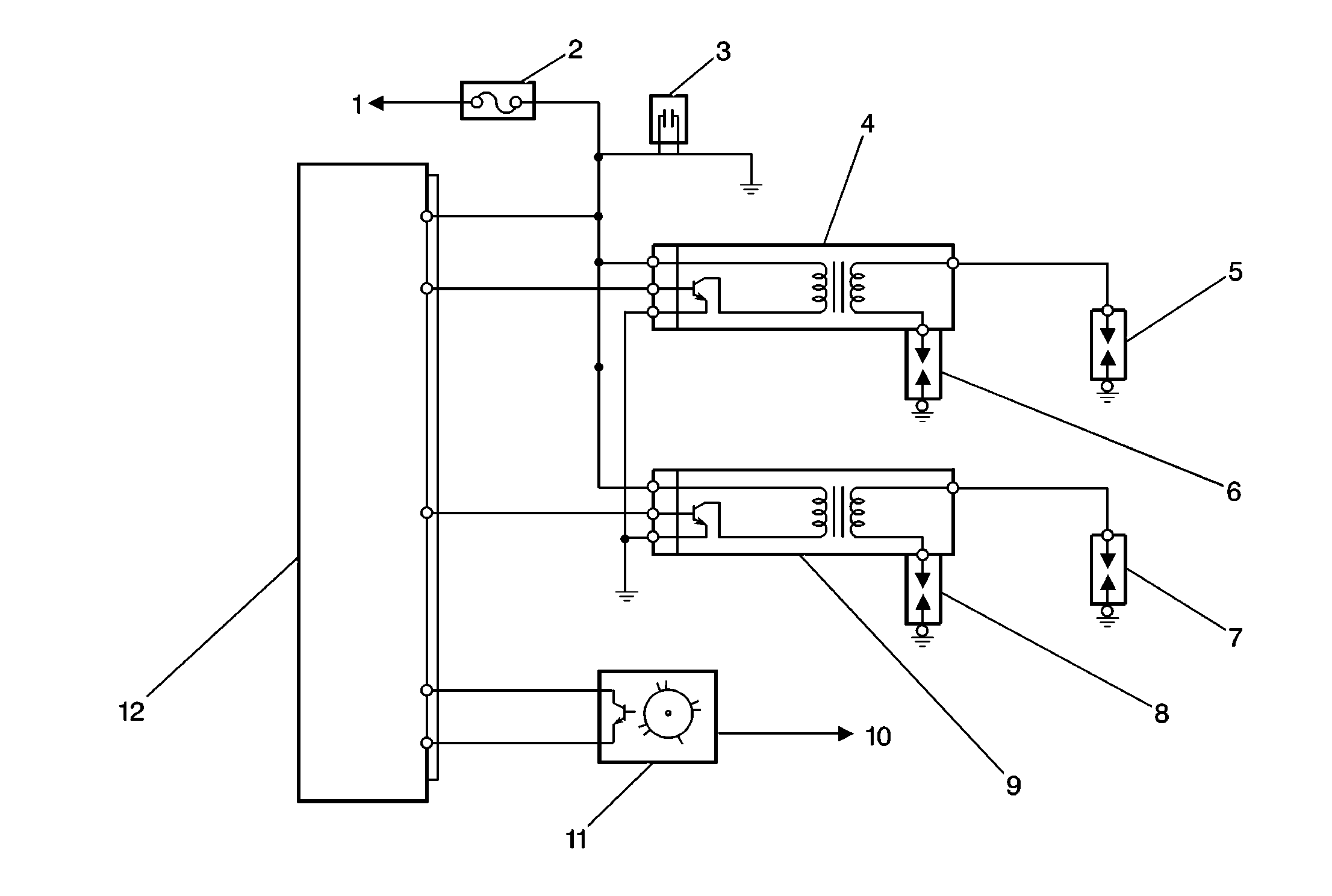The electronic
ignition system used in the 1.6L engine is controlled by the powertrain control
module (PCM).
The electronic ignition system components cannot be disassembled or
repaired. A component that is correctly diagnosed as faulty must be replaced
as a complete unit.
